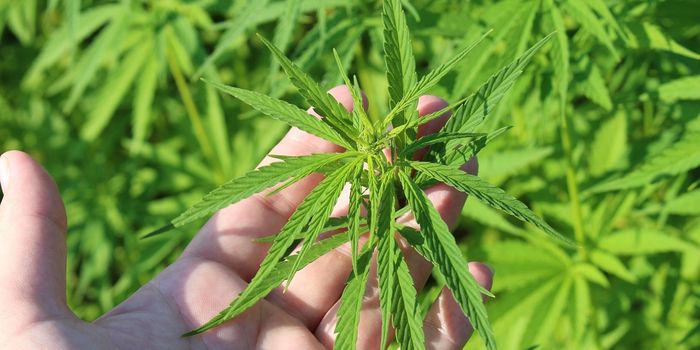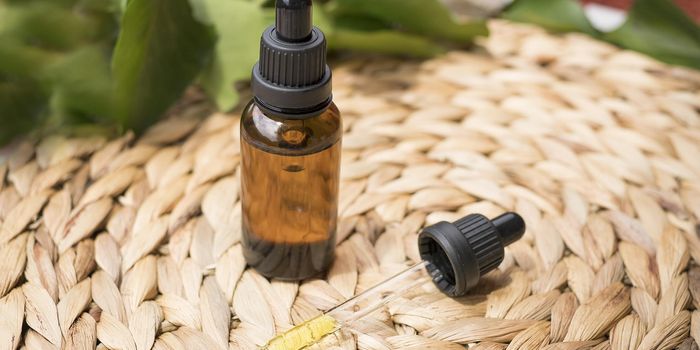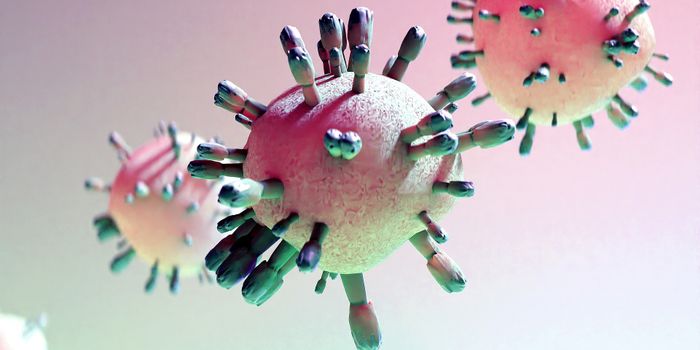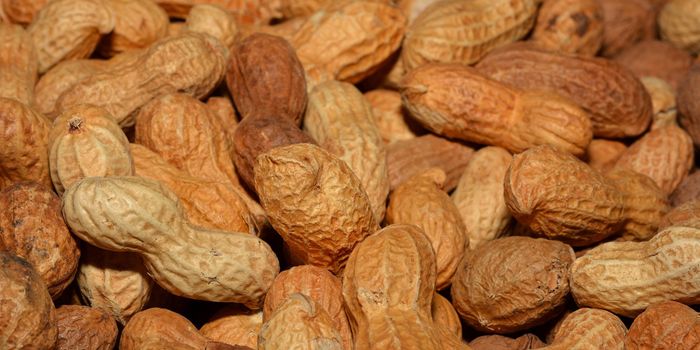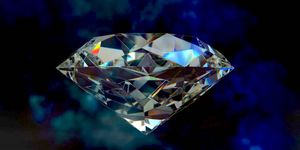Common Spice Relieves Eye Inflammation in Dogs, Human Studies to Follow
A therapeutic made from turmeric has been shown to help reduce the effects of a painful inflammatory eye condition in dogs, known as uveitis. Erin Scott, an assistant professor at the College of Veterinary Medicine & Biomedical Sciences at Texas A&M University, led the study which was published recently in Science Advances.
Following cataract surgery, dogs typically suffer from uveitis, when postoperative inflammation leads to pain and vision impairment. A similar condition also occurs in humans undergoing eye surgeries. The researchers looked to curcumin, the active anti-inflammatory in turmeric, as a possible antidote. This molecule has been the subject of interest from both scientists and health enthusiasts for its purported antioxidant and pain-relieving properties.
One of the major barriers to using curcumin therapeutically is its low bioavailability — it’s difficult for the body to absorb it and for it to reach high enough concentrations at the anatomical site where it’s needed. To overcome this, the researchers developed a new curcumin formulation using nanotechnology to pull the active ingredient into cells, thus boosting its potency and efficacy.
A big plus for curcumin is that there are very few, if any, adverse side effects to taking it therapeutically. “Current treatments include a combination of systemic and topical anti-inflammatory medications, either in the form of steroids or non-steroidal anti-inflammatory drugs (NSAYSs),” said Scott.
“While both these medications are effective in the treatment of uveitis, they can cause unwanted side effects, such as vomiting, diarrhea, stomach ulcers, negatively impact kidney and liver function, and increase glucose levels in diabetic patients.”
Next steps? Testing their curcumin formulation in human disease models. “This medication may translate to the treatment of cataracts and uveitis in humans,” said Scott.
“By studying animal patients with naturally occurring eye diseases, our findings may accelerate the development of medications to benefit both animals and humans.”
Sources: Texas A&M, Science Advances.


